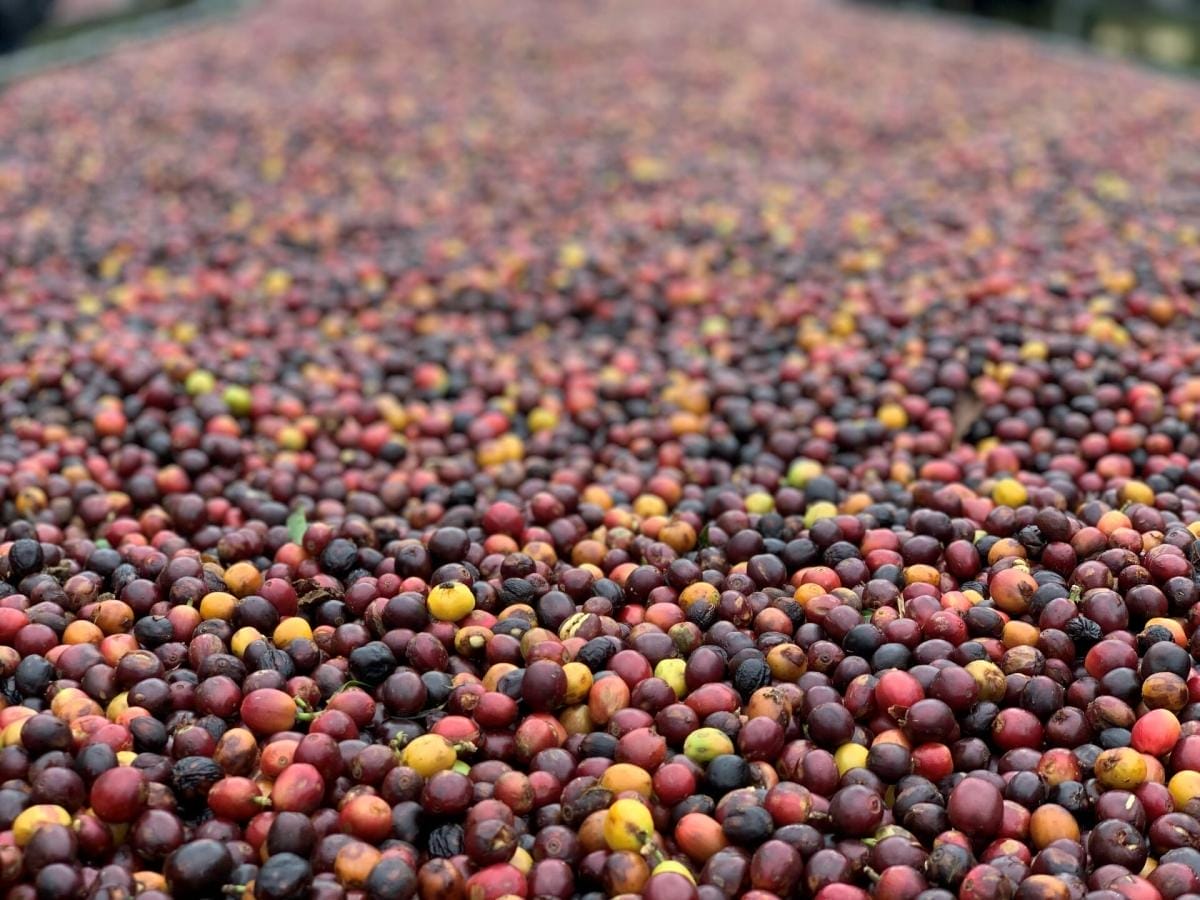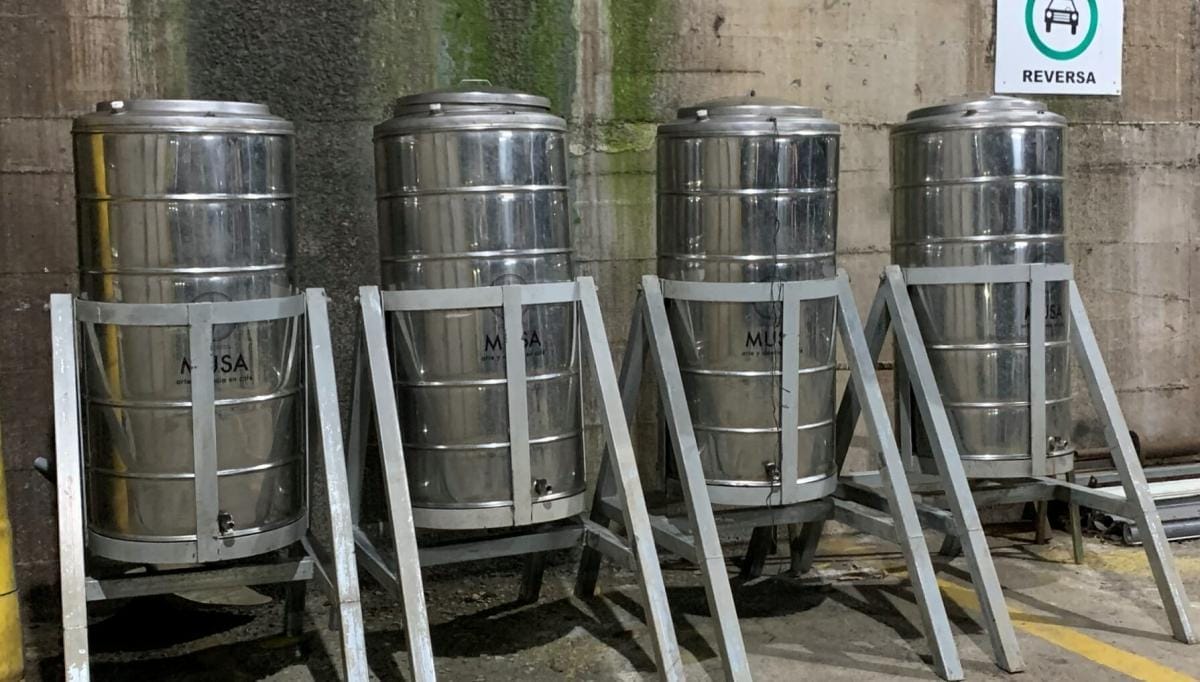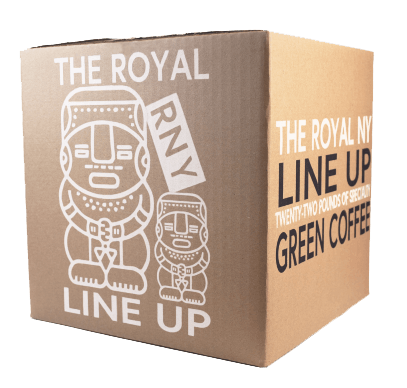No products in the cart.
Coffee
Anaerobic & Carbonic Maceration Coffee Processing
Anaerobic fermentation & carbonic maceration coffee processing styles are relatively new to the coffee industry, but they are gaining traction. There is the greatest degree of experimentation in Costa Rica, but anaerobic fermentation is becoming increasingly popular around the world with varying degrees of success.
What is Anaerobic Fermentation?
In this processing method, the producer adds mucilage-covered seeds to a sealed tank. In some cases, they add the pulp back into the tank and mix with the depulped seeds. Some farms mix the pulp of different varieties of coffee with the depulped seeds of another, attempting to increase the complexity of the coffee. Some producers add different spices or fruit, such as cinnamon or bananas. They mix these ingredients into the tank to impart their flavor onto the coffee.

Difference Between Anaerobic & Carbonic Maceration Coffee Processing
The primary difference between carbonic maceration and anaerobic fermentation coffee is the cherry. Carbonic Maceration is a technique adapted from wine-making. The wine producer ferments whole grapes instead of crushed in this processing method. The same is true for coffee. The coffee producer adds the whole cherry to the fermentation tank. They then seal the tank for the carbonic maceration process.
Anaerobic & Carbonic Maceration Coffee Processing
Both processing styles occur in a sealed environment, like a metal drum or plastic container. The coffee ferments in the drum for as long as three months. As the coffee ferments, bacteria breaks down the sugars into carbon dioxide and alcohol. As this produces more carbon dioxide, pressure within the system increases. Because of this, they must install a valve to allow for the excess pressure to be released, without the addition of oxygen into the chamber. The valve is simply a hose submerged in a bottle of water that allows for carbon dioxide to bubble out, without letting any fresh air cannot enter. More advanced processors may use a regulator to hold the pressure at a constant point before a valve allows the gas to escape. As fermentation progresses, the drum becomes increasingly carbon rich with minimal oxygen.

Temperature is the primary driver in the rate of fermentation. One needs to keep the area where all anaerobic & carbonic maceration are cool. This is because the breakdown of the mucilage generates heat that would accelerate the fermentation in a positive feedback loop. The hypoxic environment favors different communities of microorganisms like lactic-acid bacteria compared to traditional open air fermentation which favors yeast. These microorganisms will produce different aromatic compounds while breaking down the mucilage or cherry and those compounds are largely responsible for the final flavor. The increased pressure will also affect the migration of compounds into the seed, yielding more intense flavor.
Anaerobic Fermentation and Carbonic Maceration are still very new techniques for processing coffee, but some of the results are promising. Royal NY sources a limited amount of these processing styles. Contact a trader about availability.



